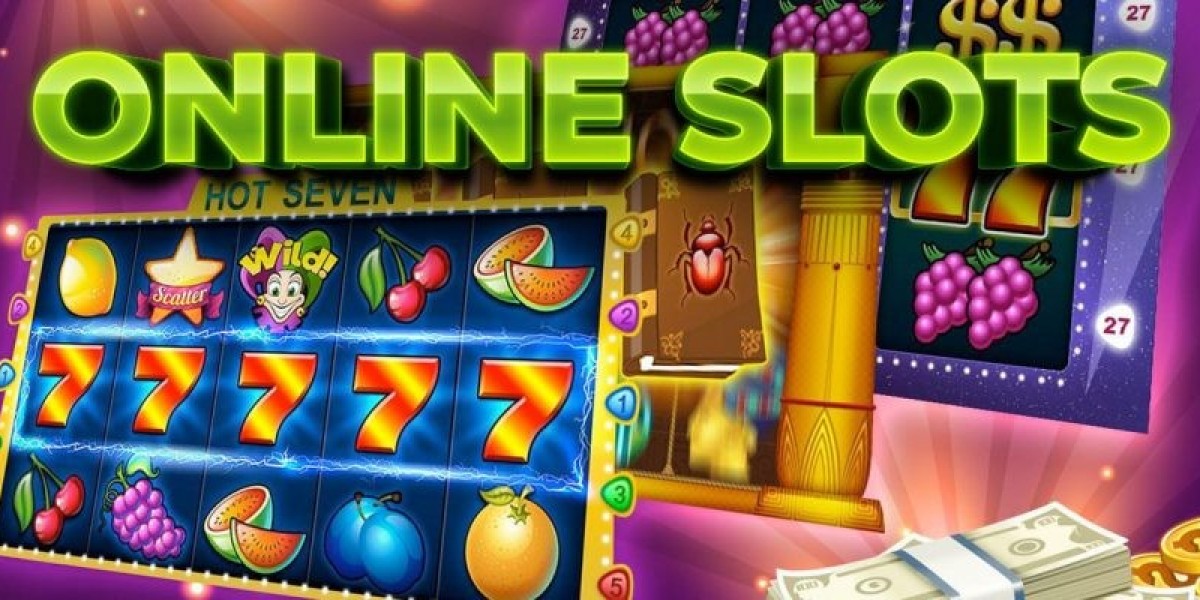Interactive Projectors: Transforming Spaces into Collaborative Digital Experiences
As education, business, and entertainment sectors increasingly embrace digital interactivity, interactive projectors have emerged as powerful tools reshaping how people present, learn, and collaborate. These devices combine the traditional benefits of projectors with advanced touch and gesture recognition, enabling real-time interaction on any flat surface.
From classrooms to boardrooms, interactive projectors are transforming passive presentations into dynamic, engaging experiences.
? What Is an Interactive Projector?
An interactive projector is a projection system that allows users to interact directly with the projected content using a finger, stylus, or gesture—eliminating the need for external displays or touch panels. These devices typically integrate:
Touch sensors or infrared cameras
Interactive software
Wireless connectivity
Whiteboard features for collaboration
? Market Overview
The global interactive projector market was valued at USD 2.1 billion in 2023, and it is expected to reach USD 4.3 billion by 2032, growing at a CAGR of 8.2% during the forecast period (2024–2032).
? Key Market Drivers:
Rising demand for EdTech solutions in schools and universities
Growth in remote and hybrid workplaces
Increasing use in training and simulation
Cost-effective alternative to interactive flat panels
? Applications Across Industries
| Sector | Use Case |
|---|---|
| Education | Interactive lessons, smart classrooms, e-learning |
| Business | Digital whiteboards, video conferencing, training |
| Healthcare | Patient engagement, medical training simulations |
| Retail | Interactive advertising, customer experience kiosks |
| Entertainment | Gaming, digital storytelling, immersive media |
? Types of Interactive Projectors
Ultra-Short Throw (UST) Projectors
Mounted just inches away from the screen
Reduces shadows and glare
Ideal for small classrooms and meeting rooms
Short Throw Projectors
Require limited space but provide larger screen sizes
Better suited for mid-sized spaces
Standard Throw Projectors
Good for larger rooms or auditoriums
Often ceiling-mounted
Portable Interactive Projectors
Lightweight and compact
Used in mobile teaching or business settings
? Key Features and Capabilities
Multi-Touch Input: Supports multiple users interacting simultaneously
Annotation Tools: Write, draw, and highlight on-screen content
Wireless Screen Sharing: Connect mobile devices or laptops
Compatibility: Works with Windows, macOS, Android, and iOS
Built-in Audio: Integrated speakers for classroom or meeting use
? Future Trends in Interactive Projection Technology
Integration with AI and AR for smarter content engagement
Cloud-based collaboration and content storage
Voice command and gesture control
Higher resolution (4K) and laser-based projection
Eco-friendly models with longer lamp life and lower energy use
? Leading Players in the Market
Epson
BenQ
Hitachi (Maxell)
SMART Technologies
ViewSonic
Promethean
Ricoh
Sony
These companies are driving innovation in interactive projection, offering solutions for diverse budgets and use cases.
✅ Conclusion: The Future of Interactive Engagement
Interactive projectors represent a blending of tactile engagement and digital power—ideal for environments that demand both creativity and collaboration. As digital transformation accelerates across industries, these devices are no longer optional; they are essential tools for engaging audiences, enhancing learning outcomes, and improving decision-making.
Read More
| Industrial Cooking Fire Protection System Market |
| Industrial Machine Vision Lense Market |
| Next Generation Display Market |
| Non Glass Capacitive Sensor Market |
| Nuclear Robot Market |








